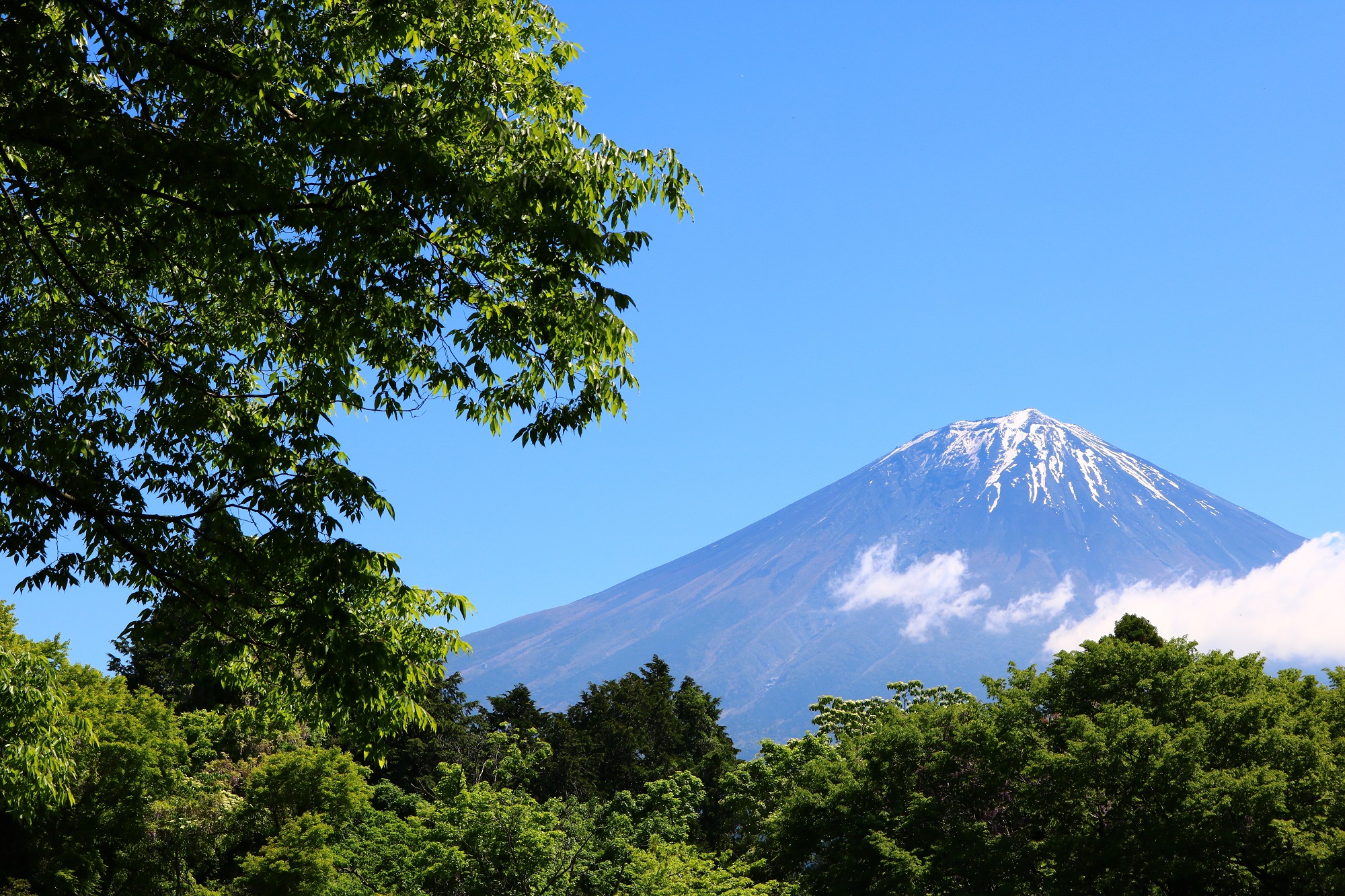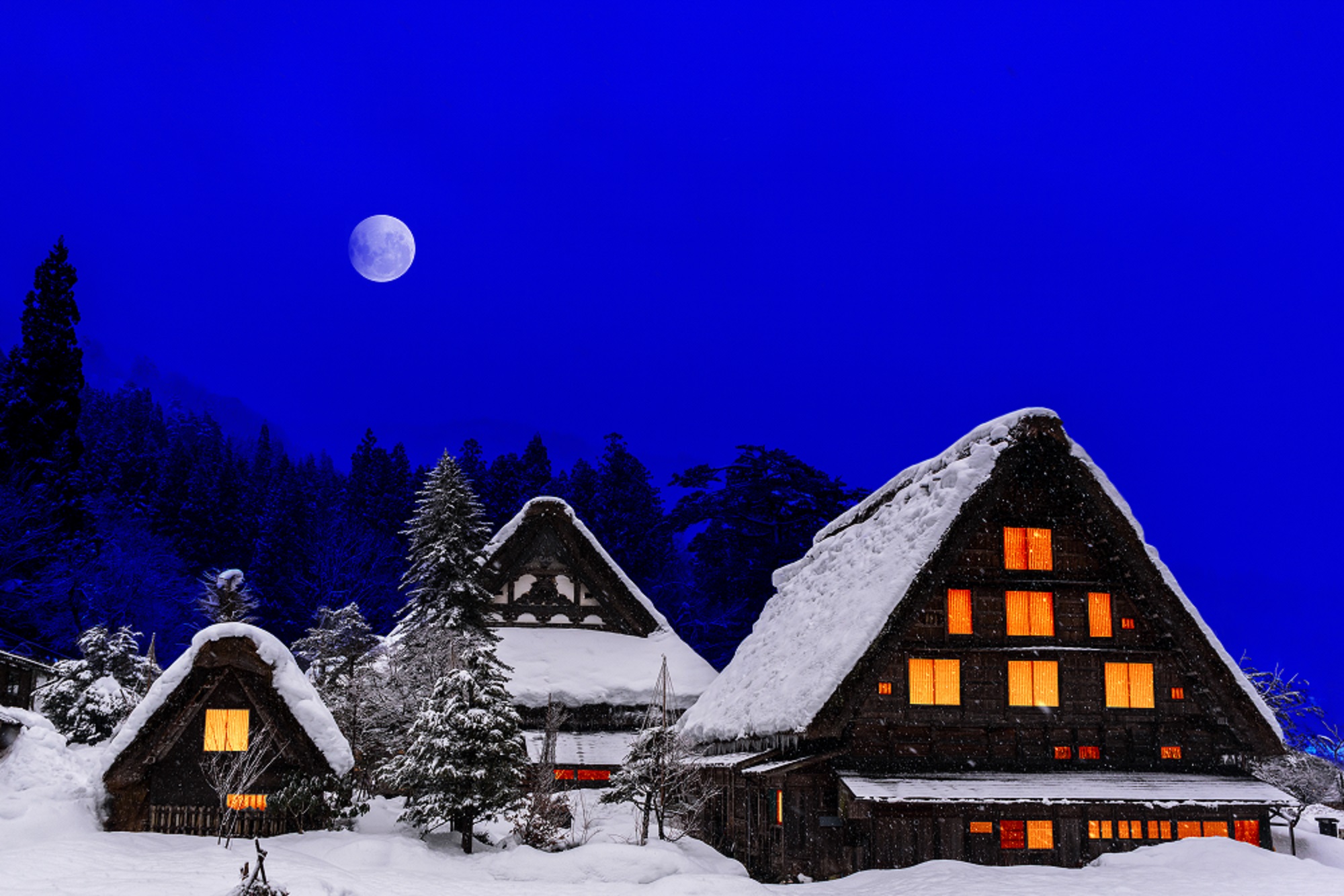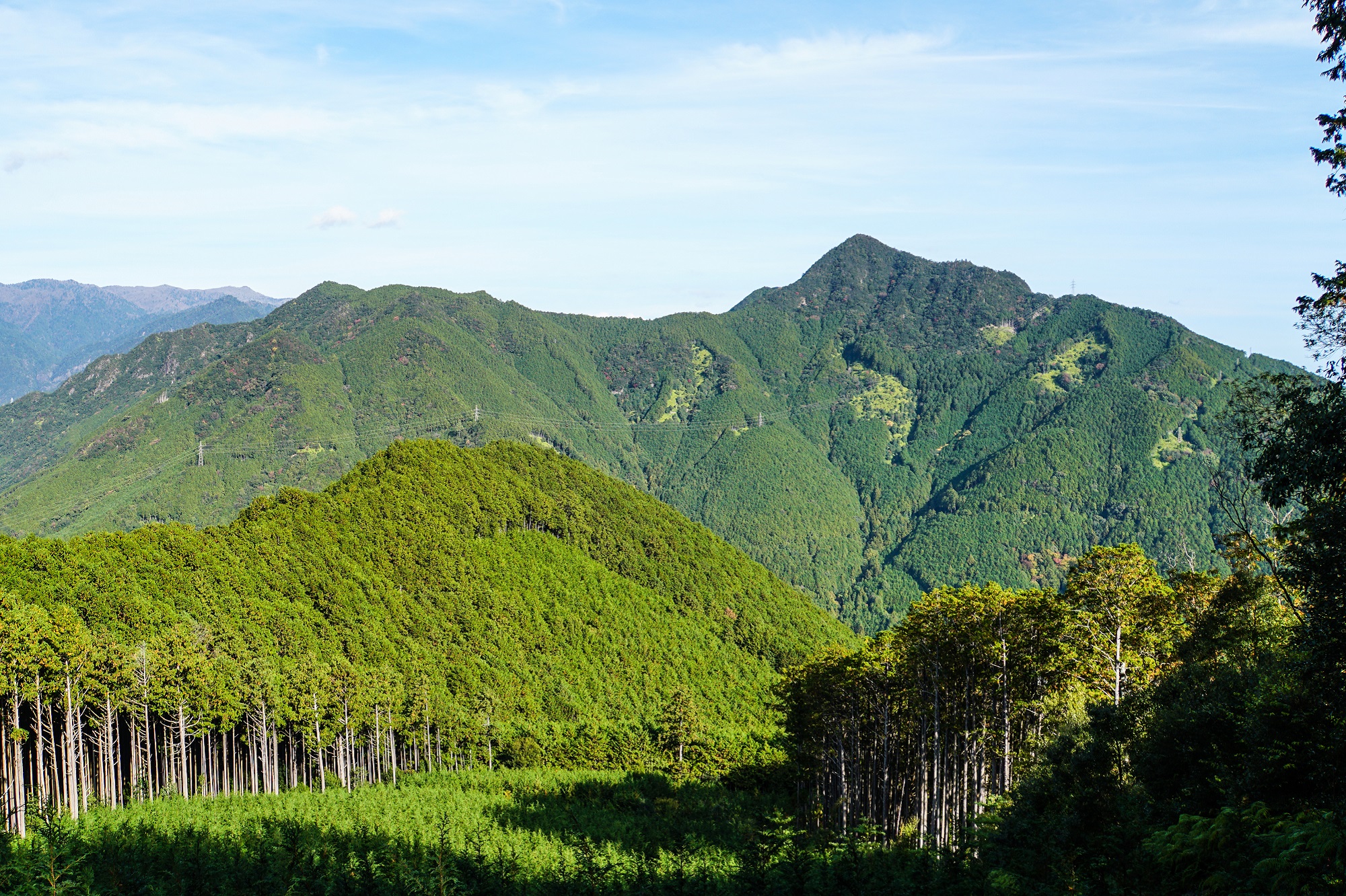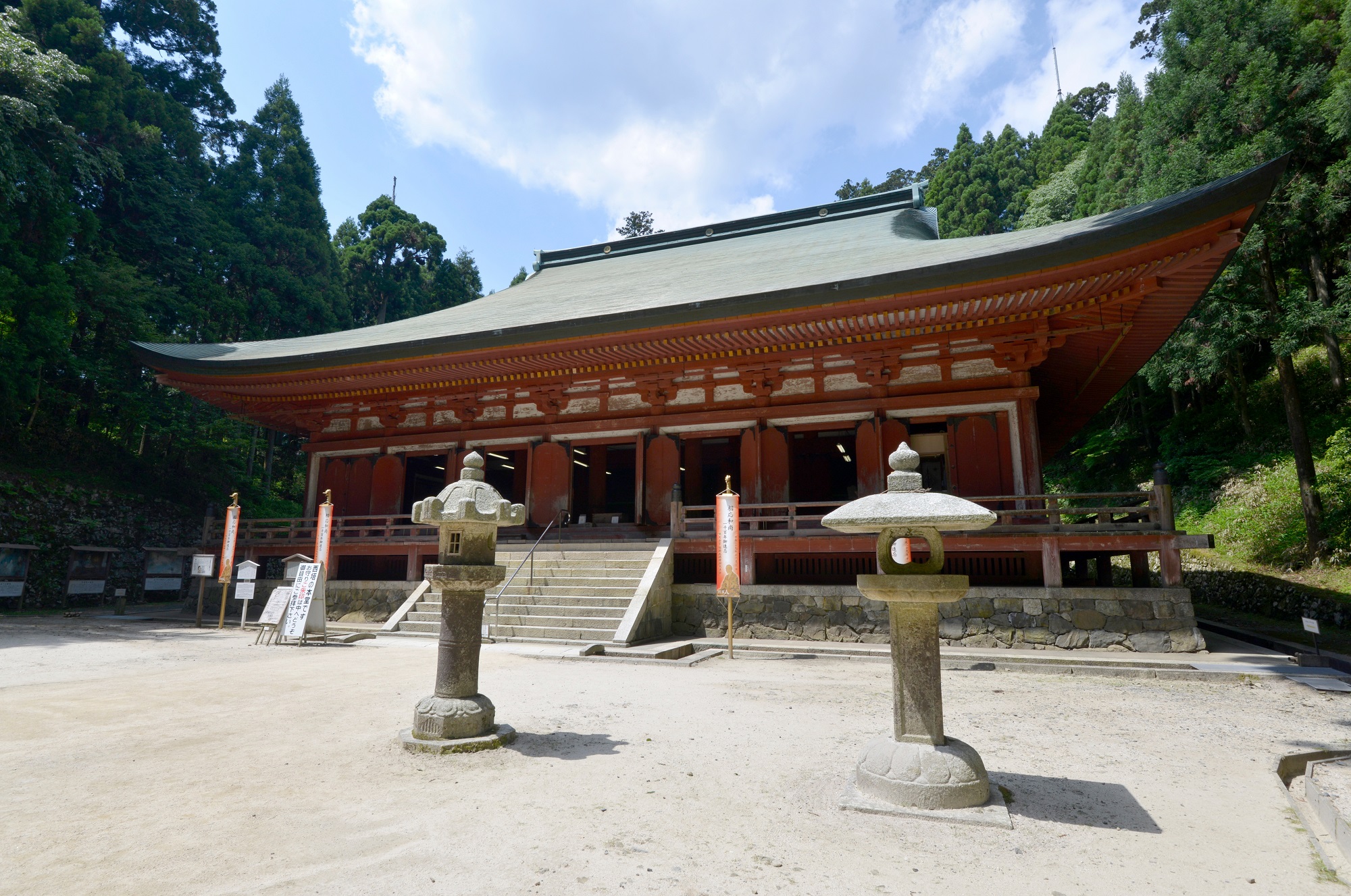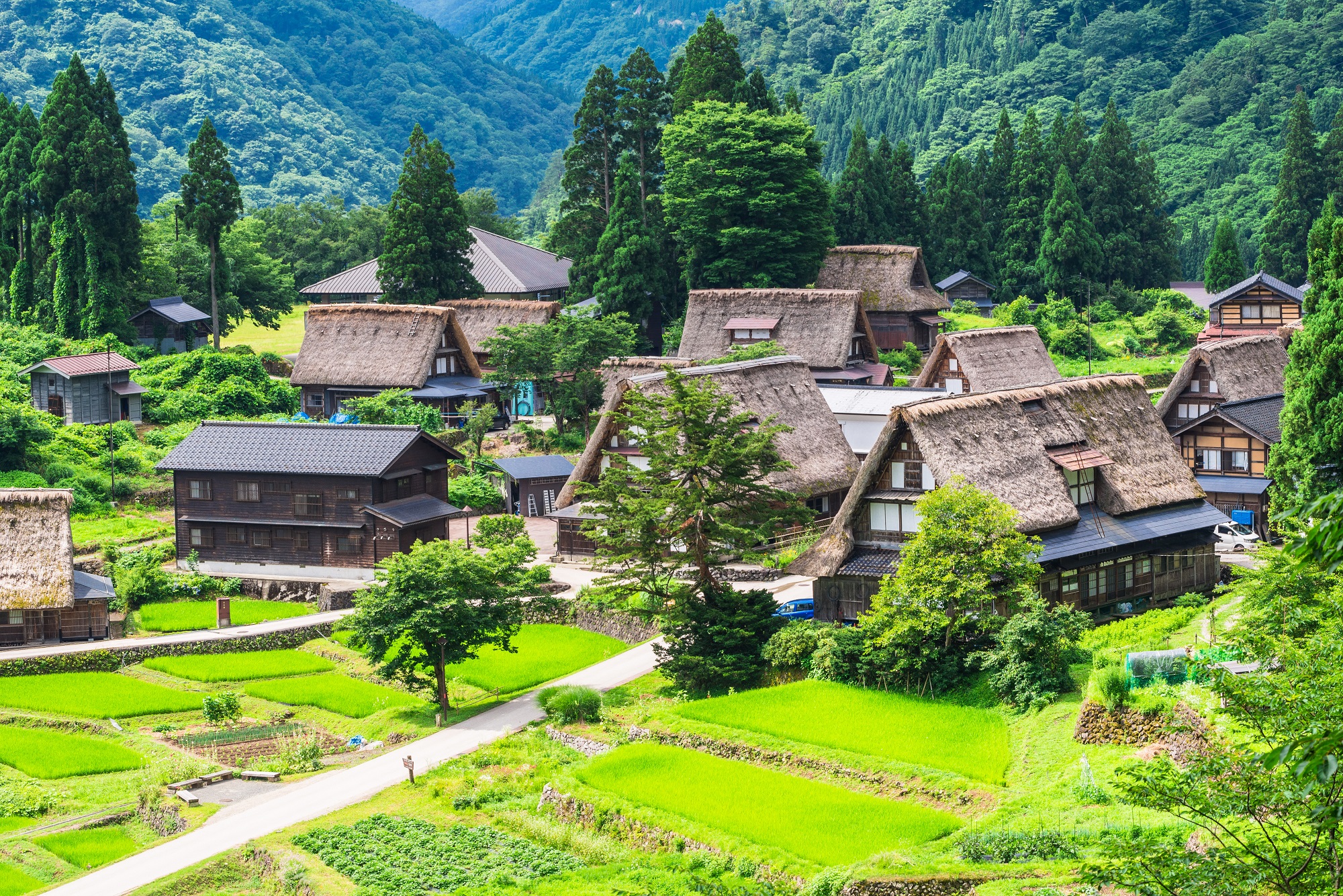World Heritage/世界遺産
What Are World Heritage Sites?
World Heritage Sites are locations or landmarks of cultural or natural significance that have been registered on the World Heritage List based on the World Heritage Convention adopted by the UNESCO General Conference in 1972 to be passed down as important treasures to future generations of humanity. Japan boasts five World Natural Heritage Sites, recognized for their special natural landscapes and ecosystems, and twenty World Cultural Heritage Sites, recognized for their archaeological and cultural significance. (As of December 2022)
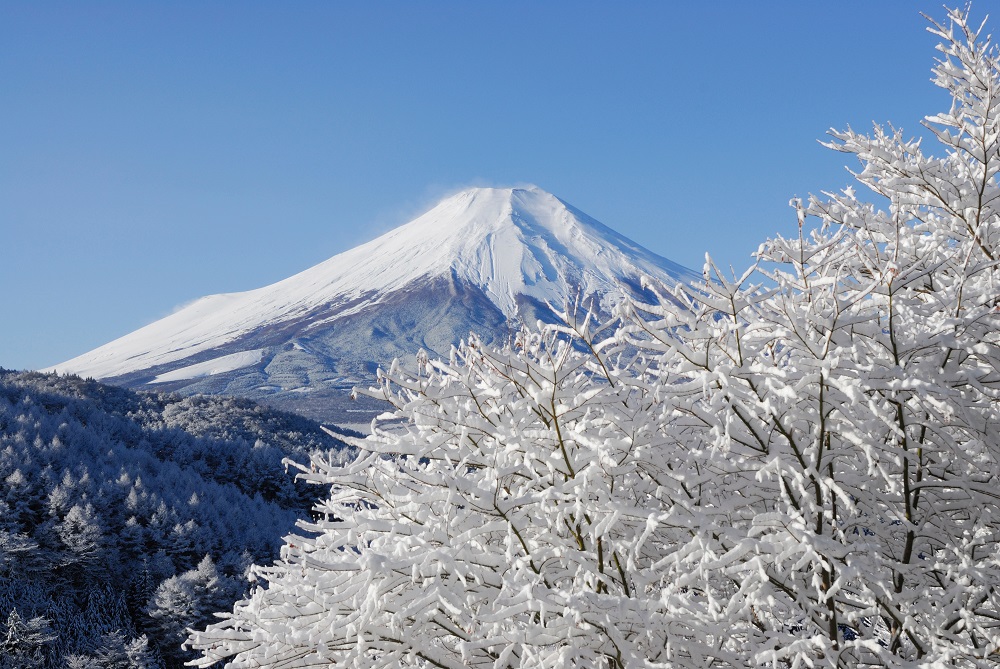
Visiting World Heritage Sites
Every World Heritage Site is unique and meaningful, deserving to be preserved for the future. Knowing why a site was registered as a World Heritage Site will deepen your understanding of the place. As objects of faith or precious nature that needs to be protected, World Heritage Sites have been designated as such to foster deep bonds with the spiritual culture of their region. It is therefore important to follow some general rules, such as making sure only to enter designated areas, taking garbage home with you, not damaging ruins or buildings, and not collecting plants. Individual sites may have their own rules, which should also be followed.
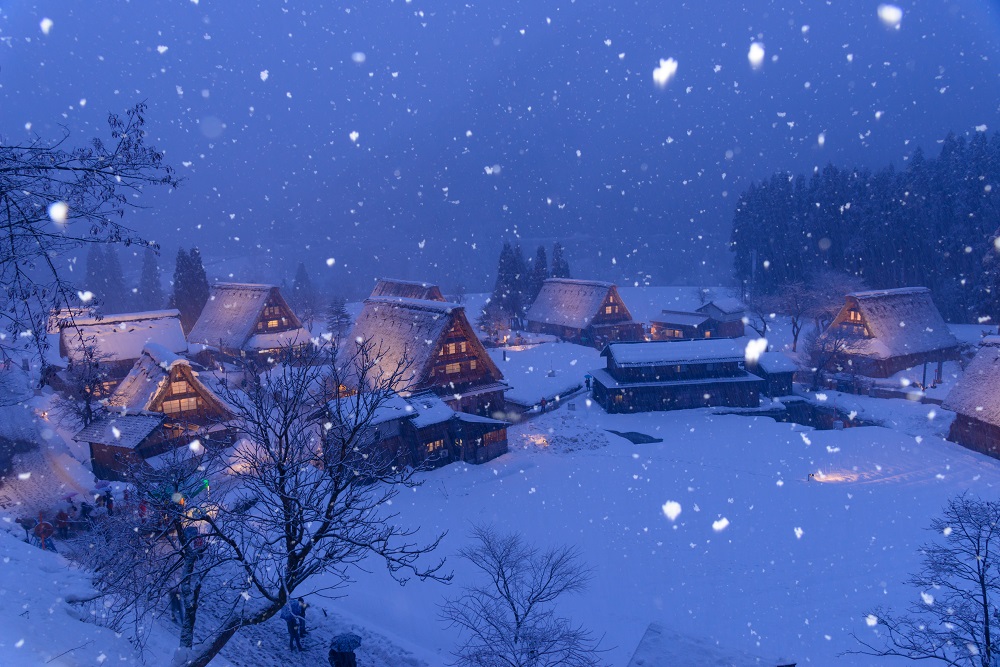
World Heritage Sites in the Chubu Region
Shizuoka
<strongMt. Fuji—Object of Faith and Source of Artistic Inspiration
Shizuoka Prefecture (Shizuoka City, Fujinomiya City, Fuji City, Susono City, Gotemba City, Oyama Town). Registered as a World Cultural Heritage Site in 2013.
Straddling Shizuoka and Yamanashi Prefectures, Mt. Fuji is Japan's highest mountain. Its numerous eruptions going back to antiquity have created the beautiful form we recognize and appreciate today. The mountain has been worshiped as a dwelling for the gods since ancient times. In the 9th century, Sengen Jinja shrine was built to quell the eruptions, becoming a center for the Shugendo faith in the 11th century. Many people began to climb the mountain when mountain trails were opened in the 16th century.
Fuji's beauty captivated people. As early as the 8th century, it appeared in the Manyoshu anthology of classical Japanese poetry, and it has continued to appear as the subject of fiction, waka poetry, and haikus down to the present day. It also features in many works of visual art, such as Hokusai and Hiroshige’s woodblock print collections, both entitled Thirty-six Views of Mt. Fuji.
UNESCO recognized Mt. Fuji for its universal value as an object of faith and a source of artistic inspiration.
Click here for more on Mt. Fuji

Gifu
The Gassho-Zukuri Villages of Shirakawago and Gokayama
Gifu Prefecture (Shirakawa Village, Ono County). Registered as a World Cultural Heritage Site in 1995.
The village of Ogimachi (in Shirakawago, Gifu Prefecture) was registered as a World Heritage Site together with Ainokura and Suganuma (in Gokayama, Nanto City, Toyama Prefecture) for its houses built in the Gassho-Zukuri style, with tall, steeply sloped roofs shaped like two hands pressed together.
Ogimachi Village in Shirakawago is home to more than 100 Gassho-Zukuri buildings of various sizes, where visitors can learn how people coped with the heavy snowfall of the region. The tranquil landscape of fields and straw-bale roofed villages in the mountains is picturesque in the fullest meaning of the word.
Click here for more on Shirakawago
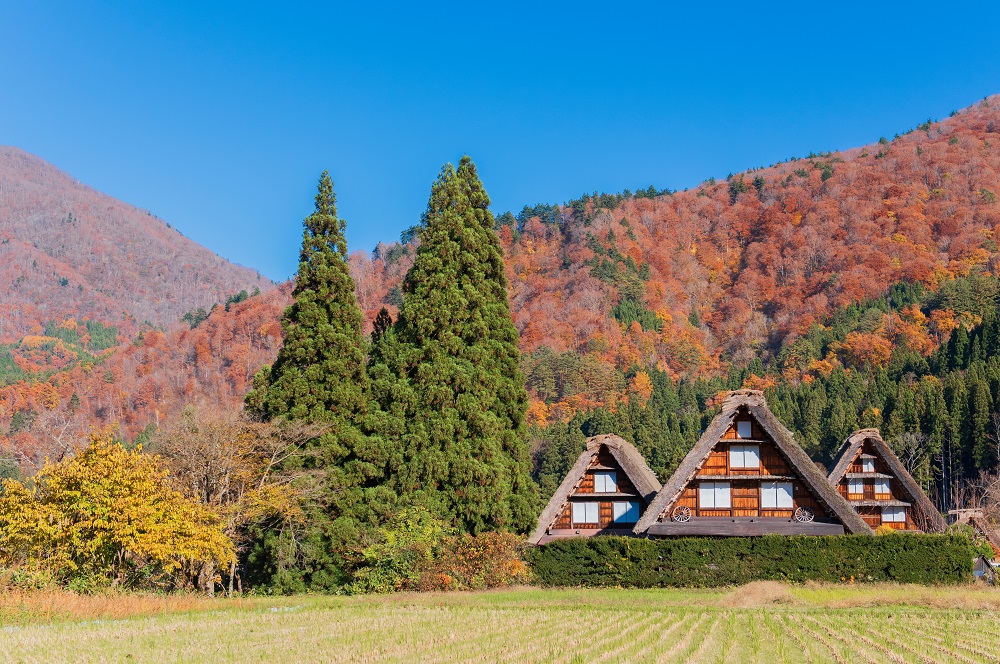
Mie
Sacred Sites and Pilgrimage Routes in the Kii Mountain Range
Mie Prefecture (Owase City, Kumano City, Taiki Town [Watarai District], Kihoku Town [Kitamuro District], Minamimuro District, Mihama Town, Kiho Town). Registered as a World Cultural Heritage Site in 2004.
The Kii Mountain Range is a mountainous region straddling Mie, Nara and Wakayama Prefectures. Since ancient times, people have believed that the gods inhabit its deep, impenetrable forests. In the 6th century, it became a place for mountain ascetic practices, and in the 9th century, Shintoism and Buddhism were fused together, fostering various forms of religious beliefs.
The three spiritual locations of Yoshino-and-Omine, Kumano Sanzan, and Mt. Koya have been registered as World Heritage Sites, together with the pilgrimage routes leading to them. One of these is Iseji Route, one of the Kumano Pilgrimage Routes—also called the Kumano Kodo—in Mie Prefecture, that connects Ise Jingu Shrine to Kumano Hongu Taisha and Kumano Hayatama Taisha in the Kumano Sanzan shrine complex.
Click here for more on Ise Jingu Shrine
Click here for more on the Kumano Kodo
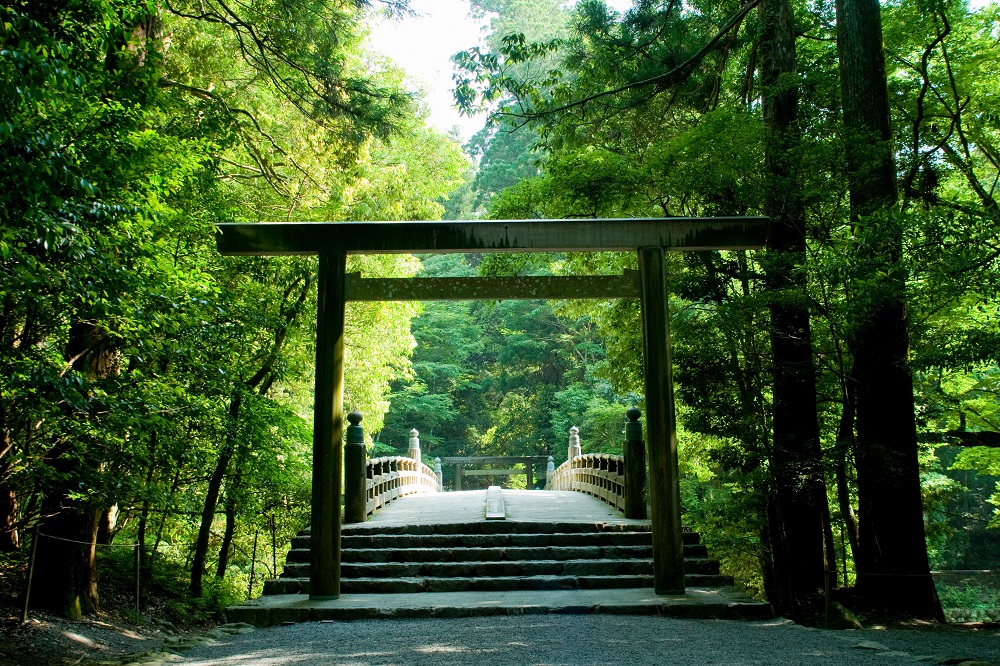
Shiga
Cultural Properties of Kyoto, the Ancient Capital
Shiga Prefecture (Otsu City). Registered as a World Cultural Heritage Site in 1992.
Seventeen buildings associated with the ancient capital of Kyoto have been registered as World Cultural Heritage Sites in the cities of Kyoto (Kyoto Prefecture), Uji (Kyoto Prefecture) and Otsu (Shiga Prefecture). As the residence of the emperor, Kyoto was the official capital of Japan from 794 to 1868, and its buildings strongly reflect the culture of the periods in which they were built.
The registered sites are Kamowake Ikazuchi Shrine (commonly known as Kamigamo Shrine), Kamomioya Shrine (also called Shimogamo Shrine), Kyo-o-gokokuji Temple, Kiyomizu Temple, Enryakuji Temple, Daigoji Temple, Ninnaji Temple, Byodo-in Temple, Ujigami Shrine, Kozanji Temple, Saihoji Temple, Tenryuji Temple, Rokuonji Temple, Jishoji Temple, Ryoanji Temple, Honganji Temple, and Nijo Castle. Of these, Enryakuji Temple is located in Shiga Prefecture.
Click here for more on Enryakuji Temple
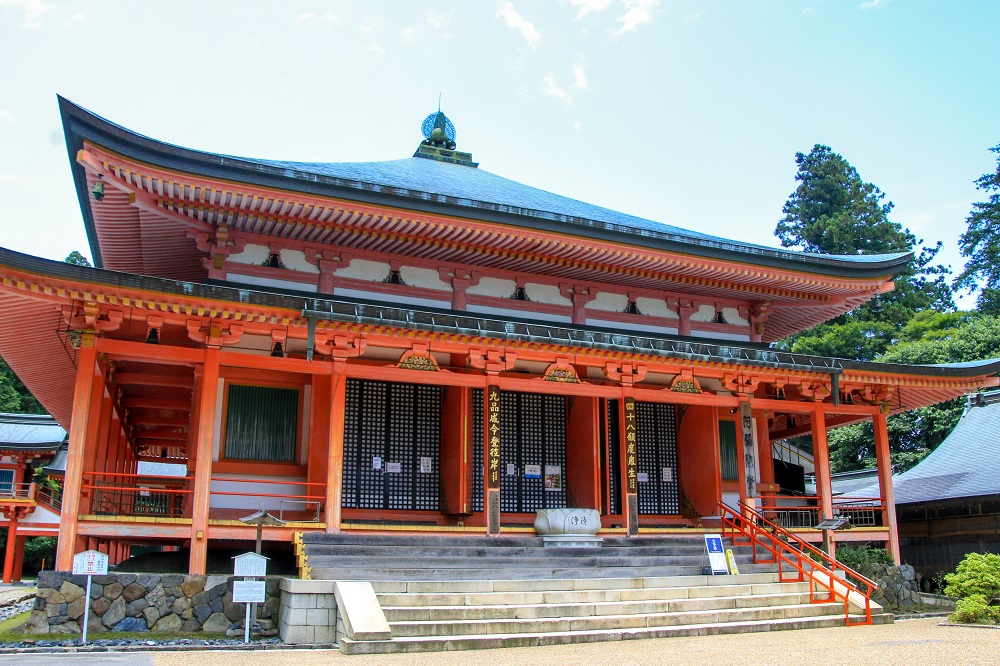
Toyama
The Gassho-Zukuri Villages of Shirakawago and Gokayama
Toyama Prefecture (Nanto City). Registered as a World Cultural Heritage Site in 1995.
The villages of Ainokura and Suganuma (in Gokayama, Nanto City, Toyama Prefecture) were registered as World Heritage Sites along with Ogimachi (in Shirakawago, Gifu Prefecture) for their houses built in the Gassho-Zukuri style, with tall, steeply sloped roofs shaped like two hands pressed together.
Twenty Gassho-Zukuri houses remain standing in the village of Ainokura, surrounded by mountains, while nine remain in the small village of Suganuma, nestled along the banks of the Sho River. The architecture testifies to the clever methods that people devised to live in a region with heavy snowfall. Against the backdrop of the tranquil landscape, they paint a picture of a bygone era of life in Japan.
Click here fore more on Gokayama

Destinations
Mt. Fuji /富士山(Shizuoka)
Mt. Fuji, the emblem of Japan, is also its tallest mountain. The majestic 3,776-meter-high mountain with its past of frequent and violent eruptions has long been an object of reverence and faith for m....
Shirakawago/白川郷(Gifu)
Renowned for its gassho style and unique buildings perfect for the local climate, Shirakawa-go and Gokayama Gassho style Village were designated as an Important Preservation District for Groups of Tra....
Kumano Kodo/熊野古道(Mie)
The Kii Mountain Range is home to the three sacred sites of Kumano Sanzan (Three Kumano Shrines), Koyasan (Mt. Koya), and Yoshino-and-Omine, which have nurtured various forms of faith, including Shint....
Enryakuji Temple/比叡山延暦寺(Shiga)
Hieizan Enryakuji is the head temple of the Tendai sect of Buddhism in Japan, and its vast temple area stretches out across Mt. Hiei. The temple is said to have been founded in 785, at the end of the ....
Gokayama/五箇山(Toyama)
Gokayama is a region of forty small villages nestled in abundant nature in Nanto City, Toyama Prefecture, famous for its houses built in the gassho-style, which represent Japan's wooden culture. In 19....

